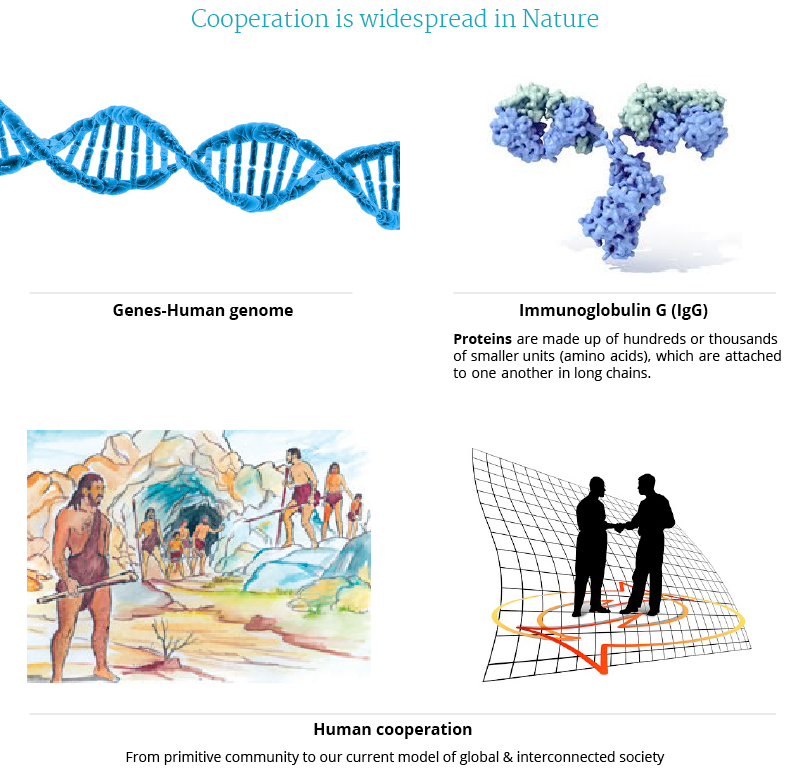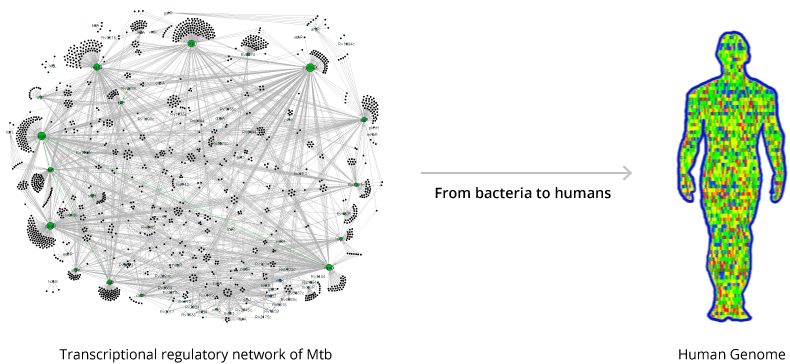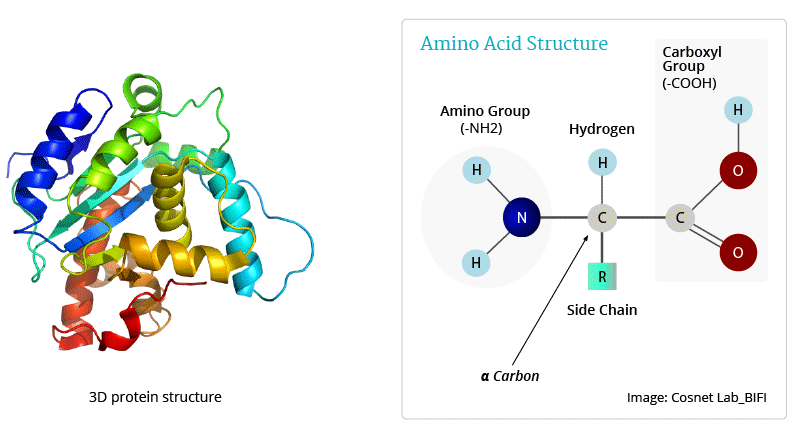
Cooperation in Nature

- Cooperation is one of the pillars of evolution, for example, genes are integrated into the genome, the complete set of genes in the chromosomes of each cell of an organism, and proteins are biological molecules consisting of long chains of organic compounds called amino acids that play a central role in almost all biological processes of living beings.
- Each level of biological organization is made up of groups of lower-level units and is interdependent with other levels.
- Cooperation between biological entities is key to understanding the emergence of multi-cellular organisms.
- One of the relevant questions of modern science is related to the emergence of cooperation in different contexts ranging from bacteria to humans, for example.

- Cooperation has also made that units of selection (molecules, genes, cells, organisms, etc.) are integrated to form new units, which in turn, are units subject to natural selection.

Proteins /Molecular Level
Cooperation is present at all levels of biological organization. Our body is a perfect, well optimized and synchronized gear consisting of small pieces or components that cooperate together and interact with each other in several ways. Without them, it would be unthinkable the human survival. The different molecules that make up our cells, the complex molecular Interactions, organelles (ribosomes, endoplasmic reticulum, mitochondria, etc.) and millions of specialized cells in different functions constitute the basis of life. Proteins, for example, are structurally complex molecules that are indispensable to the structure and function of living cells. Their interactions are fundamental to comprehend the integrative functions of all biological systems.
One of the most relevant properties of proteins is specificity. On the one hand, they carry out concrete and highly specialized functions, and on the other hand, there are significant specific protein differences between species, and even between individuals of the same species. Proteins are essential in almost all biological processes of living beings due to the large number of important functions that play in the body (transporter, storage, regulatory, structural, enzymes -many proteins are enzymes that regulate essential chemical reactions-, immune function -antibodies are proteins-, homeostatic, etc). Natural selection has played an important role in the functional behavior and evolution of these molecules. “…Protein’s sequence encodes its function by means of iterative rounds of random mutation and artificial selection in order to discover new and useful proteins”. Exploring protein fitness landscapes by directed evolution, Nat Rev Mol Biol. 2009 December, 10 (12): 866-876.
These macromolecules are formed by one or more linear chains of amino acids linked by peptide bonds. Amino acids, on they turn, are organic compounds made from amine (-NH2) and carboxylic acid (-COOH) functional groups as well as a side-chain, designated the R-group, which varies from one amino acid to another. They are considered the building blocks of proteins. In total, there are 20 different types of aminoacids that can be combined to make a protein. The sequence of amino acids is encoded in our genes. Thus, genes contain the information about the amino acid sequences for making proteins.



